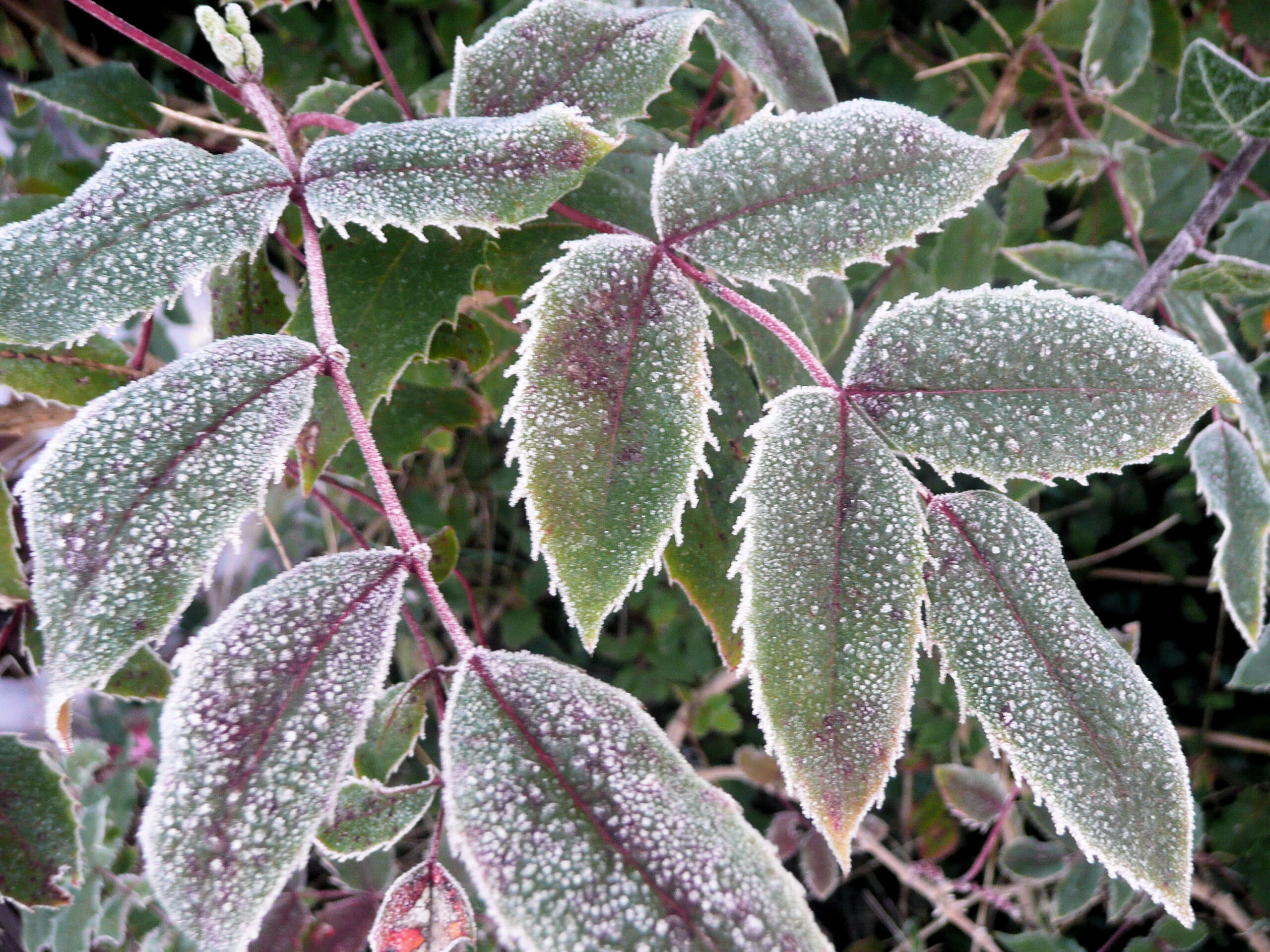By Jessie Walthers, Conservation Program Manager Groundhog Day. Who doesn’t love this most random of…
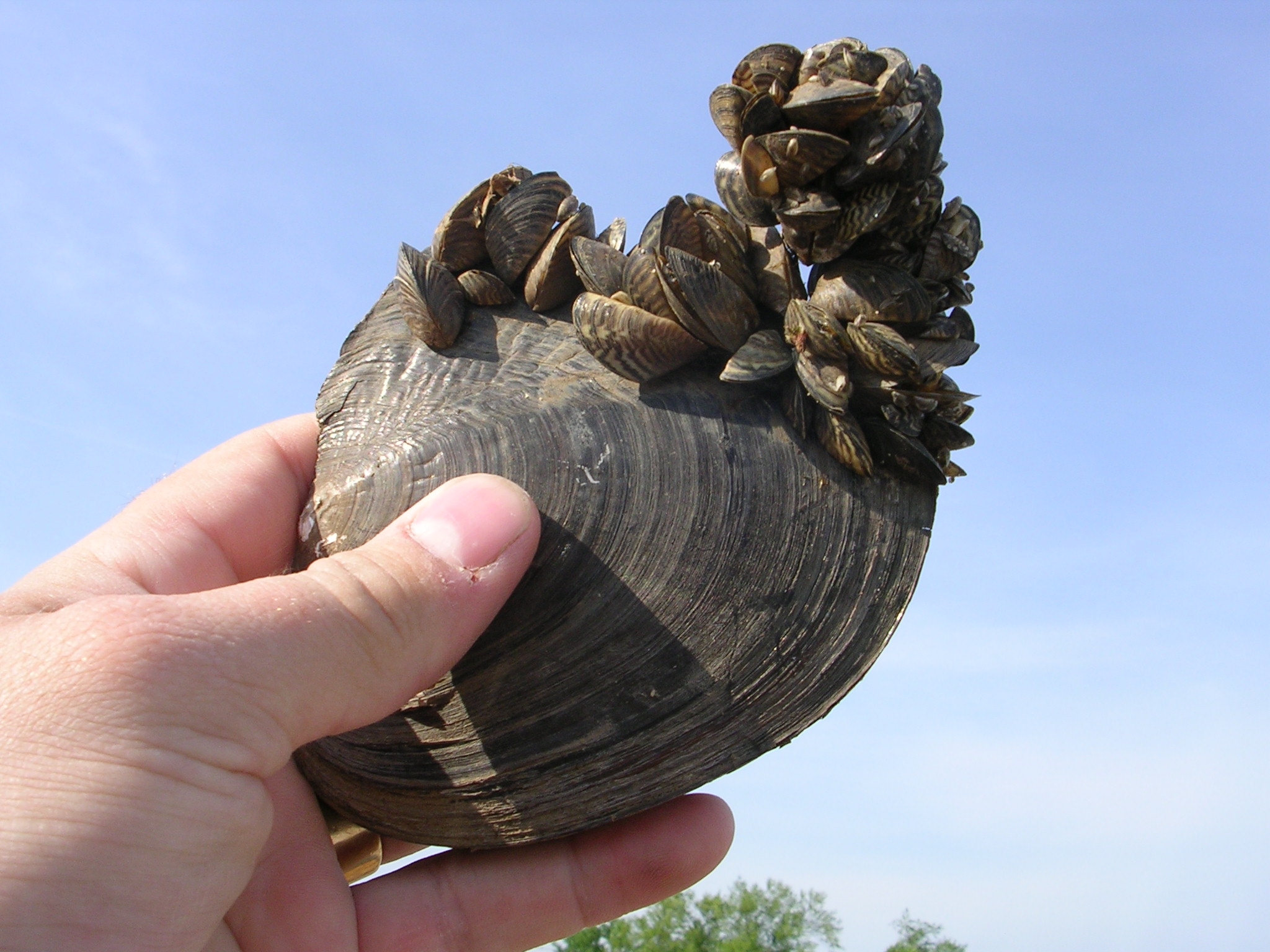
Clean, Drain, Dry: Stop Aquatic Invaders
 Local and statewide efforts to reduce the risk of aquatic invasive species spreading through Montana’s waters have been stepped up in response to the positive detection last fall of invasive mussel larvae east of the Continental Divide in Tiber Reservoir. There is also a suspected presence in Canyon Ferry Reservoir and the Missouri River near Townsend. Aquatic invasive species (AIS), such as quagga and zebra mussels, are easily spread from one water body to another. The microscopic larvae (veligers) of invasive mussels can easily hitchhike on the hulls of boats, in bilge water, waders or even on non-motorized water craft.
Local and statewide efforts to reduce the risk of aquatic invasive species spreading through Montana’s waters have been stepped up in response to the positive detection last fall of invasive mussel larvae east of the Continental Divide in Tiber Reservoir. There is also a suspected presence in Canyon Ferry Reservoir and the Missouri River near Townsend. Aquatic invasive species (AIS), such as quagga and zebra mussels, are easily spread from one water body to another. The microscopic larvae (veligers) of invasive mussels can easily hitchhike on the hulls of boats, in bilge water, waders or even on non-motorized water craft.
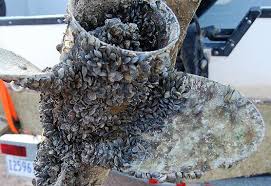 Invasive mussels are a huge concern in the Flathead Valley since Whitefish Lake and the Flathead River system are the headwaters of the Columbia River Basin — the only major watershed in the West still believed to be free of quagga and zebra mussels. Invasive mussels can clog water intake pipes and boat motors and impact irrigation, drinking water and hydroelectric facilities. The sharp shells affect public beaches, docks and recreational areas, and the mussel’s prolific filter feeding alters food webs and degrades water quality. A research economist at Flathead Lake Biological Station found that the economic risk associated with the potential establishment of zebra and quagga mussels in Montana is estimated in the hundreds of millions of dollars.
Invasive mussels are a huge concern in the Flathead Valley since Whitefish Lake and the Flathead River system are the headwaters of the Columbia River Basin — the only major watershed in the West still believed to be free of quagga and zebra mussels. Invasive mussels can clog water intake pipes and boat motors and impact irrigation, drinking water and hydroelectric facilities. The sharp shells affect public beaches, docks and recreational areas, and the mussel’s prolific filter feeding alters food webs and degrades water quality. A research economist at Flathead Lake Biological Station found that the economic risk associated with the potential establishment of zebra and quagga mussels in Montana is estimated in the hundreds of millions of dollars.
New state AIS regulations aimed helping the fight against aquatic invasive species in Montana go into effect April 15. These new regulations require that all watercraft coming into Montana be inspected prior to launching on any Montana waterbody, mandatory inspections of watercraft traveling across the Continental Divide into the Columbia River Basin within Montana, and a prohibition of transporting surface water – lake, pond and river water – in Montana.
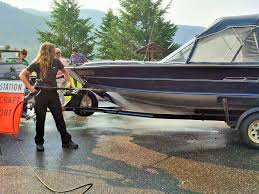 What You Can Do:
What You Can Do:
Boats are a primary vector for the spread of mussels from infested water bodies to non infested water bodies. So, as you travel with your boat, please stop at the designated watercraft inspections stations. These stations are widely recognized as being the most effective way to prevent the spread of invasive mussels and other AIS.
Boaters, anglers, paddlers, and seaplane pilots should also follow these guidelines:

CLEAN. Completely remove all mud, water, and vegetation before leaving the access area.
- Inspect your boat, trailer, and all gear. Pay attention to crevices and hidden areas.
- Remove all vegetation (by hand or sprayer).
- Remove all mud (use a pressurized power sprayer, found at most do-it-yourself car washes). The hot water kills organisms and the pressure removes mud and vegetation. No need to use chemicals or soap.
- Dispose of debris in trash or on dry land away from water or ramp.
DRAIN. Drain all water from watercraft and equipment.
- Drain or remove water from boat, bilge, live well, engine, internal compartments, and bait buckets by removing drain plugs before leaving the access area.
DRY. Aquatic invaders can survive only in water and wet areas.
- Dry your watercraft and fishing equipment thoroughly; this will kill most invasive species. The longer you keep your watercraft, trailer, waders, and other equipment outside in the hot sun between fishing trips, the better.
Other Resources:
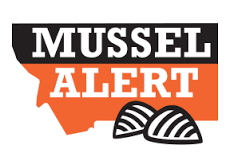 Stay informed through a new website put together by the Montana Mussel Response program. Called the Mussel Story Map, the website provides an easy to follow summary of the history, threats, activities, and monitoring. It’s everything you need to know to be informed on this very real concern for our state.
Stay informed through a new website put together by the Montana Mussel Response program. Called the Mussel Story Map, the website provides an easy to follow summary of the history, threats, activities, and monitoring. It’s everything you need to know to be informed on this very real concern for our state.- The city of Whitefish has partnered with the Whitefish Lake Institute and Montana State Parks to craft a plan aimed at building a perimeter of mandatory inspection stations around Whitefish Lake. Learn more about this proactive program: Whitefish Fortifies Defense Against Invasive Species.
- The Flathead Lakes have assembled more detailed information on Zebra mussels & other invaders.
Report a Suspected AIS:
If you see a boat or trailer with aquatic organisms attached to it, call TIP-MONT (406) 847-6668 immediately.
If you see or suspect a new infestation of an invasive plant or animal, please save a specimen and complete a Report a Suspected AIS form.
You can also notify the FWP Fisheries office at (406) 444-2449.


